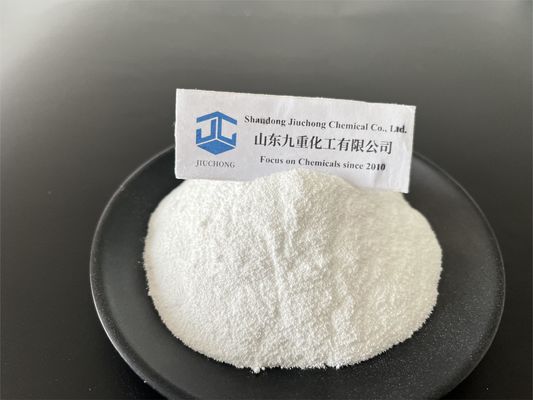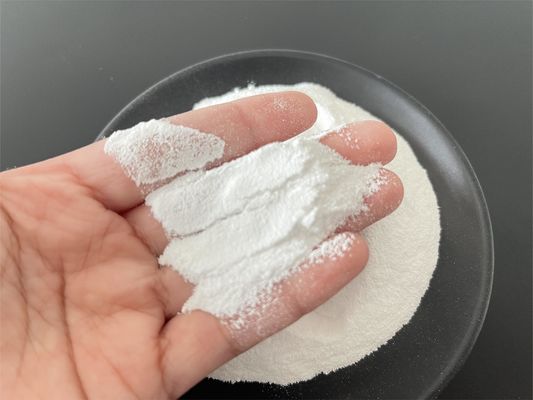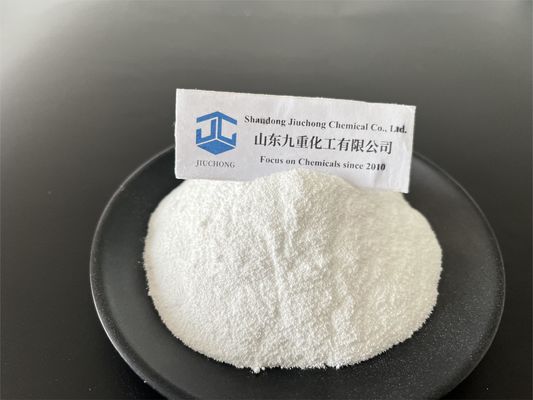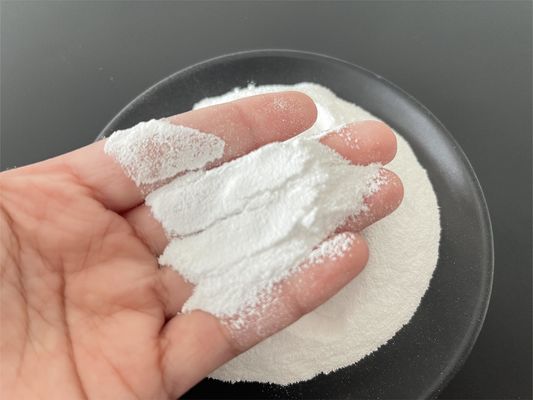All Products
-
Magnesium Sulphate Salt
-
Ammonium Sulphate Chemical
-
Sodium Carbonate Chemical
-
Calcium Chloride Chemical
-
Magnesium Chloride Chemical
-
Magnesium Oxide
-
Raw Material Chemicals
-
Sodium Metabisulfite Chemical
-
Sodium Bicarbonate Chemical
-
Poly Aluminium Chloride
-
Aluminium Sulphate Salt
-
Ferrous Sulfate Chemical
-
Industrial Salt
-
Sodium Sulfite
-
Sodium Sulphate
-
Agriculture Fertilizers
-
 Jaime GonzalezBuilding Chemistry, Shaping Tomorrow! We trust that JIUCHONG will continue to deliver excellent products and services, ensuring long-term mutual success.
Jaime GonzalezBuilding Chemistry, Shaping Tomorrow! We trust that JIUCHONG will continue to deliver excellent products and services, ensuring long-term mutual success.
99%Min Sodium Carbonate Soda Ash Light Used In Detergent Glassmaking

Contact me for free samples and coupons.
Whatsapp:0086 18588475571
Wechat: 0086 18588475571
Skype: sales10@aixton.com
If you have any concern, we provide 24-hour online help.
xProduct Details
| CAS No | 497-19-8 | MF | Na2CO3 |
|---|---|---|---|
| Appearance | White Powder | Grade Standard | Industrial Grade |
| Purity | 99% Min | Application | Glassmaking Detergent |
| Highlight | 99%Min Sodium Carbonate Soda Ash,99%Min Soda Ash Light,Glassmaking Sodium Carbonate Soda Ash |
||
Product Description
99%Min Sodium Carbonate Soda Ash Light Used In Detergent Glassmaking
99%Min Sodium Carbonate Soda Ash Light Washing Chemical Formula
Product Description
Soda Ash is composed of sodium carbonate (Na₂CO₃) with a molecular weight of 105.99. This white, odorless powder or granular material has hygroscopic properties, gradually absorbing moisture from air exposure which may lead to caking. Three hydrated forms exist: sodium monohydrate (Na₂CO₃·H₂O), heptahydrate (Na₂CO₃·7H₂O), and decahydrate (Na₂CO₃·10H₂O).
Soluble in water and glycerol, slightly in absolute ethanol, and insoluble in propanol. Solubility peaks at 35.4°C (49.7g/100g water) with standard solubility of 20g/100g water at 20°C.
Applications
- Building Materials: Primary raw material for flat glass production, providing sodium ions and serving as clarifying agent component
- Chemical Industry: Used in manufacturing sodium silicate, sodium fluoride, dichromates, and other compounds
- Metallurgy: Functions as smelting flux, ore flotation agent, and steelmaking desulfurizer
- Textiles: Acts as water softener in production processes
- Food Processing: Neutralizer, leavening agent, and dough modifier in pasta; additive in MSG and soy sauce production
- Other Uses: Environmental desulfurization, pharmaceuticals, tanning, paper manufacturing, and optical glass production
Specifications
| Parameter | High Class Standard | Test Result |
|---|---|---|
| Total Alkali (Na₂CO₃ Dry Basis) % ≥ | 99.2 | 99.55 |
| NaCl (Dry Basis) % ≤ | 0.7 | 0.42 |
| Fe Content (Dry Basis) % ≤ | 0.0035 | 0.0009 |
| Sulfate (SO₄ Dry Basis) % ≤ | 0.03 | 0.006 |
| Water Insoluble Matter % ≤ | 0.03 | 0.006 |
| Bulk Density (g/ml) | ≥0.60 | 0.70 |
| Conclusion: High Class | Packing: 40KG Bags | ||
Manufacturing Techniques
Three primary production methods exist:
- Natural Alkali Process (6% capacity): Uses natural alkali ore with simple, low-cost production concentrated in Henan and Inner Mongolia
- Ammonia-Soda Process (45% capacity): Utilizes raw salt and limestone to produce sodium bicarbonate which is calcined into light ash, with advantages of low-cost materials but environmental challenges
- Hou's Process (49% capacity): Developed by Dr. Hou Debang in 1938, this improved method combines salt and synthetic ammonia production, increasing salt utilization while reducing waste and energy consumption
Recommended Products






